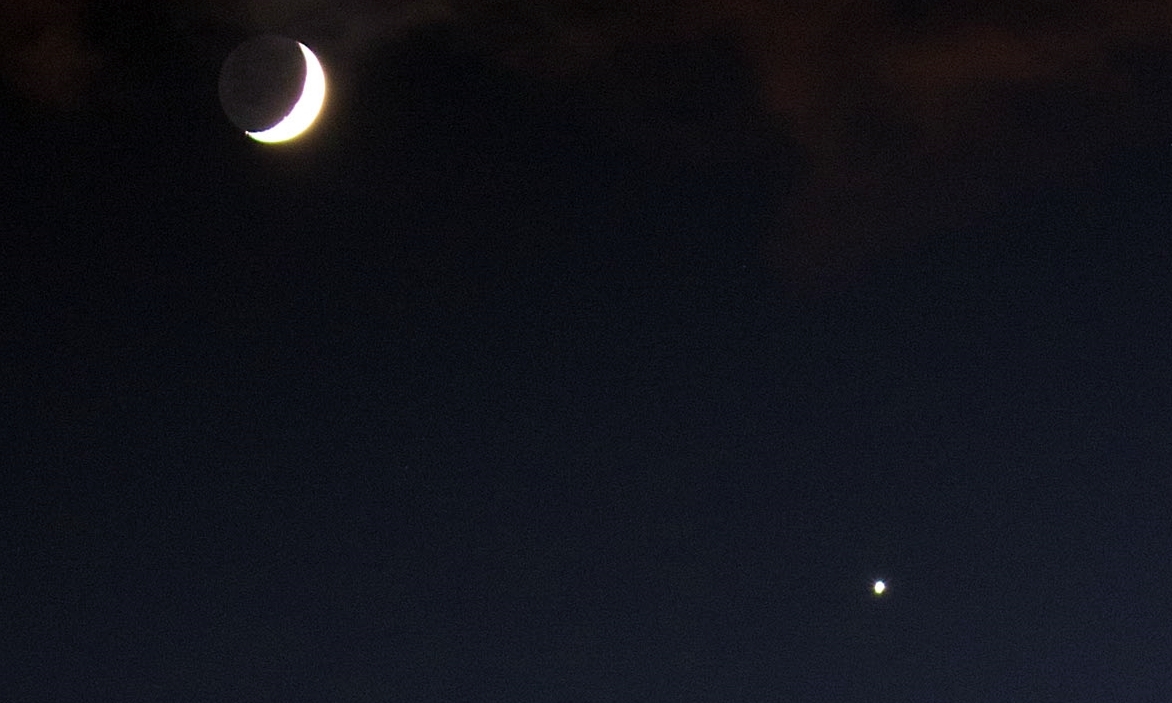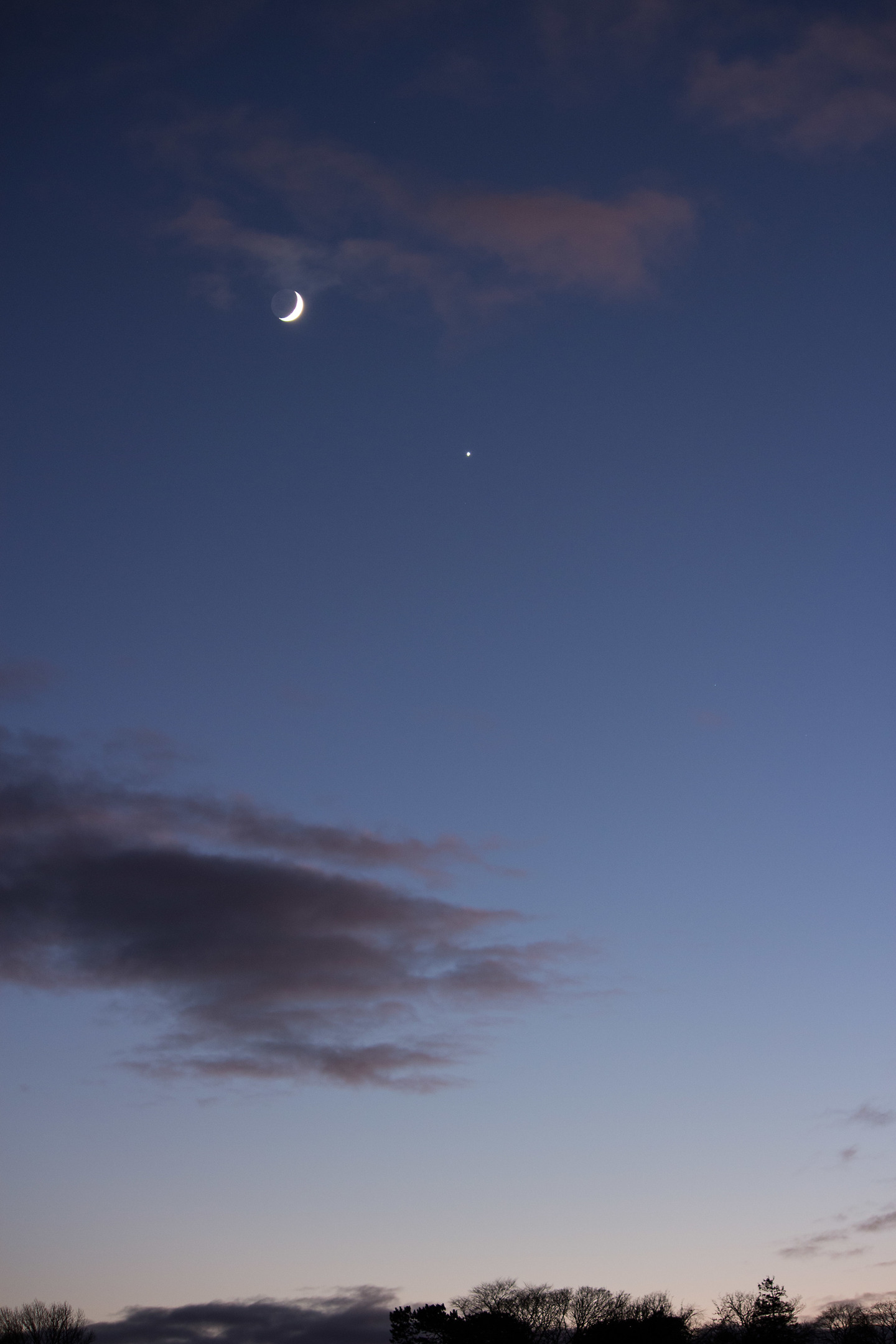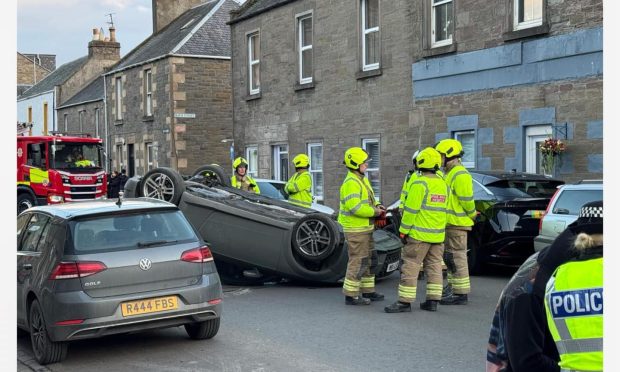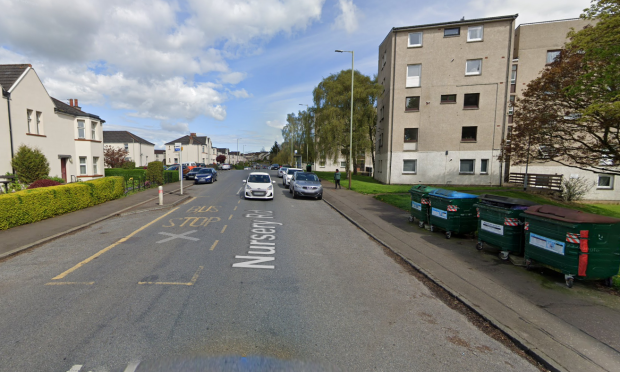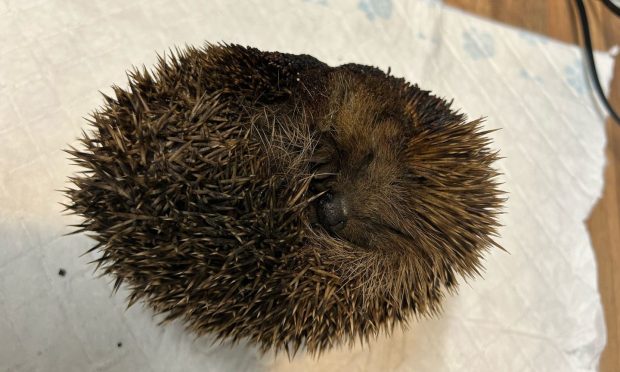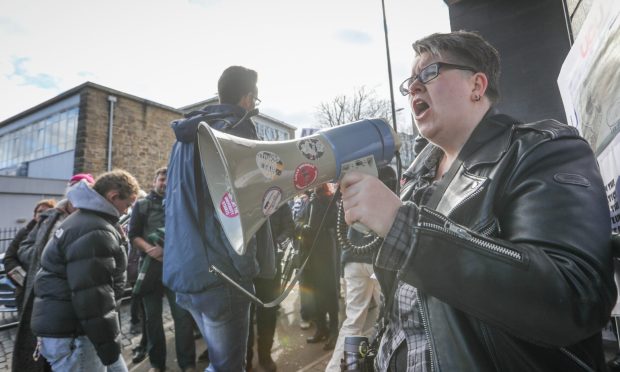Stargazers who have stared in wonder at a bright light shining near the moon on recent nights have been promised the best is yet to come.
The light is Venus, and January 12 will bring a confluence of cosmic circumstances that — weather permitting — should provide even clearer views of the second planet from the sun.
On that evening, a full moon will coincide with what Dundee’s Mills Observatory describes as “Venus at its greatest eastern elongation” — its best position for viewing from Earth.
The observatory’s Giuseppe Lambertino explained: “This full moon was known by early Native American tribes as the ‘full wolf moon’ because this was the time of the year when hungry wolf packs howled outside their camps.
“It has also been known as the ‘old moon’ and the ‘moon after yule’.”
He added: “Although it’s already visible, this will be the best time to view Venus since it will be at its highest point above the horizon in the evening.
“Look to the western sky and find the bright planet after sunset, providing your view isn’t obscured by clouds.”
Although the 12th will mark its greatest elongation, the planet will maintain a similar degree above the horizon from January 8 to 16.
The Earth, Venus and the sun will form a right-angled triangle in space during this period.
Despite Courier country being expected to see cloud, rain and potentially snow over the next week, there should still be plenty of time to try to grab a glimpse.
“This elongation happens with every orbit but we happen to have a nice apparition on this occasion,” said Ken Kennedy of the British Astronomical Association.
“Sometimes it’s more visible in the southern hemisphere. Astronomers will be watching on through their eyepieces with great interest.”
Despite our increasing familiarity with the planet from afar, Mr Kennedy says there’s a great deal about it that even the finest minds and telescopes still can’t explain.
“Some astronomers claim they’ve seen this glow from the dark side of Venus called the ashen light.
“We can explain a similar effect on the Moon, because of Earth’s light and proximity, but nobody quite knows why this happens to Venus. It’s an unexplained phenomenon.”
He added: “I call it the Earth’s evil sister. Diameter wise, it’s almost exactly the same size, but the similarities end there.
“The heat and pressure mean you’d be squashed if you got out of your spacecraft. The ecosystem basically creates the ultimate greenhouse effect.”
Have you already captured a clear view of Venus? Send your pictures to online@thecourier.co.uk and we’ll publish the best.
I’m your Venus – Earth’s sister planet in numbers
• The estimated age of the Venusian surface is around 300-400 million years old.
• It takes 225 Earth days for Venus to orbit the sun and 243 Earth days to complete one rotation.
• The atmospheric pressure at the planet’s surface is 92 times that of Earth, or roughly the pressure found 900 m (3,000 ft) underwater on Earth.
• Venus is by far the hottest planet in the Solar System, with a mean surface temperature of 462 °C; 863 °F.
